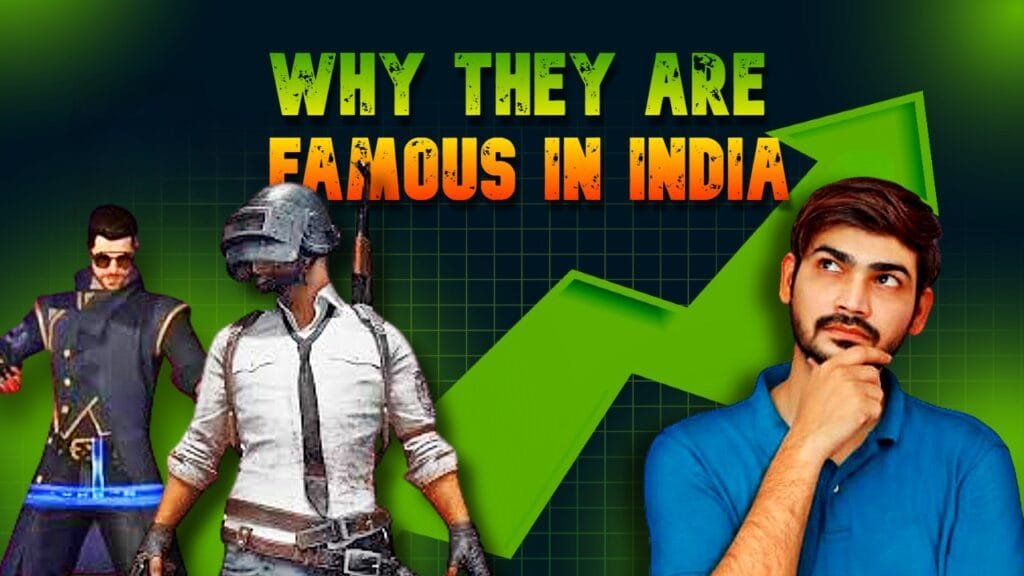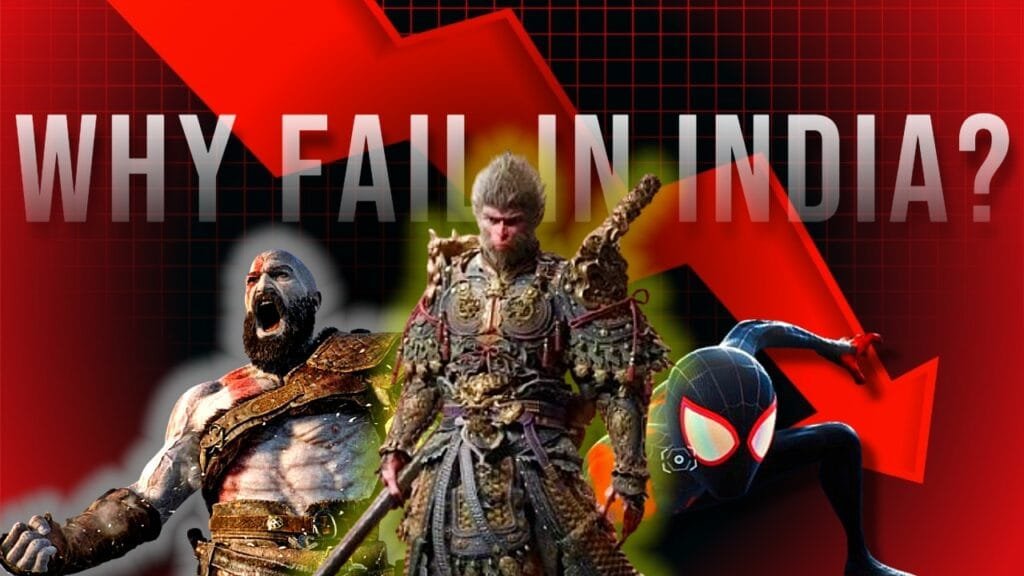When Marvel Future Revolution debuted in August 2021, fans of Marvel and mobile gaming alike had high expectations. With its open-world gameplay, high-quality graphics, and deep RPG mechanics, the game was touted as the future of Marvel’s gaming endeavors on mobile platforms. However, despite its initial success, Marvel Future Revolution was officially shut down in early 2024, leaving many fans puzzled and disappointed.
This article delves into the reasons behind the closure of Marvel Future Revolution, analyzing the factors that led to the demise of what was once considered a groundbreaking mobile game.

A Promising Start: What Made Marvel Future Revolution Stand Out?
Marvel Future Revolution was a collaboration between Marvel and Netmarble, a South Korean developer known for hit mobile games. The game introduced players to a stunningly rendered open world spanning multiple Marvel universes. It was a bold step forward, combining elements of action RPGs and MMORPGs.
Key highlights of Marvel Future Revolution included:
- Open-World Gameplay: Unlike traditional mobile games, it allowed players to explore massive maps, such as Sakaar, Hydra Empire, and Xandearth, brimming with quests and challenges.
- Playable Heroes: Players could assume the role of iconic Marvel superheroes, including Spider-Man, Iron Man, and Doctor Strange, each with customizable costumes and skill sets.
- Multiverse Storyline: The game’s plot, centered on the Convergence—a phenomenon merging various universes—gave it a fresh and engaging narrative.
- High-Quality Graphics: Using Unreal Engine, Marvel Future Revolution delivered console-quality visuals, setting a new standard for mobile gaming.
The game received critical acclaim upon release, with millions of downloads within its first few months. However, maintaining momentum in the competitive mobile gaming space proved challenging.
Reasons Behind the Shutdown
Despite its promising features, Marvel Future Revolution faced a slew of challenges that led to its closure. Here’s a detailed look at the key reasons:
1. Declining Player Base
While the game enjoyed initial success, it struggled to retain players in the long run.
- Repetitive Gameplay: Many players felt that the missions and activities lacked variety, which diminished their interest over time. Repetition in grinding for resources, completing quests, and battling enemies turned off casual gamers.
- Lack of Fresh Content: After the initial burst of excitement, updates to the game became sporadic and uninspired. Many fans complained about the slow rollout of new heroes, maps, and story expansions, leaving them with little reason to stay engaged.
2. Aggressive Monetization
Mobile games often rely on microtransactions for revenue, but Marvel Future Revolution received criticism for its aggressive pay-to-win mechanics.
- Expensive In-Game Purchases: To remain competitive in PvP modes or acquire rare costumes and upgrades, players had to spend significant amounts of real money. This alienated free-to-play users and created a divide in the community.
- Gacha System for Costumes: The randomized loot system for premium costumes frustrated players who invested money but didn’t receive desired items.
3. Stiff Competition in the Mobile Gaming Market
The mobile gaming market is fiercely competitive, with numerous titles vying for players’ time and money. Marvel Future Revolution faced challenges from:
- Other Marvel Games: Titles like Marvel Contest of Champions and Marvel Snap offered more accessible and engaging experiences.
- Broader Gaming Market: Games like Genshin Impact dominated the mobile RPG space with better updates, robust character development, and a more player-friendly monetization strategy.
4. High Development and Maintenance Costs
Creating an open-world game with high-quality graphics and consistent updates is an expensive endeavor.
- Server Costs: Managing servers for a game with global reach required significant investment, which became harder to justify as the player base shrank.
- Development Delays: Frequent updates and bug fixes are crucial for MMORPGs, but the development team struggled to keep pace, leading to player dissatisfaction.
5. Limited Global Appeal
While Marvel Future Revolution attracted a dedicated fanbase, it struggled to capture a truly global audience.
- Regional Popularity: The game performed better in certain regions, such as South Korea, but struggled to replicate that success in Western markets.
- Localization Challenges: Some players noted inconsistencies in the translation and regional adaptation, which hindered engagement in non-English-speaking markets.
6. Strategic Shift by Marvel and Netmarble
Both Marvel and Netmarble may have reprioritized their resources to focus on more lucrative projects.
- Marvel’s Gaming Strategy: Marvel has been exploring other gaming opportunities, including successful console titles like Marvel’s Spider-Man 2. Mobile games like Marvel Snap have also gained traction, overshadowing Future Revolution.
- Netmarble’s Portfolio: As a major player in the mobile gaming market, Netmarble likely shifted its attention to projects with better financial returns.
Community Reaction
The announcement of Marvel Future Revolution’s shutdown was met with a mix of sadness and frustration among its community. Players took to social media and forums to express their disappointment.
- Nostalgic Tributes: Many shared fond memories of epic battles, favorite characters, and in-game friendships.
- Calls for a Revival: Some fans hoped for a reboot or spiritual successor to the game.
- Criticism of Developers: A segment of the community criticized Netmarble for poor communication and lack of effort to address player concerns during the game’s lifespan.
Lessons Learned from Marvel Future Revolution’s Shutdown
The closure of Marvel Future Revolution offers valuable lessons for developers and publishers in the gaming industry:
- Balance Monetization with Player Experience: Over-monetization can drive players away, especially in competitive games. Developers must strike a balance to retain free-to-play and paying users.
- Regular Updates and Content: Keeping a game fresh with regular updates, new features, and engaging content is vital for long-term success.
- Listen to the Community: Actively engaging with players and addressing their feedback can foster loyalty and help developers identify pain points early.
- Sustainability Over Hype: Games with high development costs must ensure sustainable revenue streams without compromising player satisfaction.
- Focus on Global Appeal: Adapting games to resonate with diverse audiences can significantly impact success in international markets.
The Future of Marvel Mobile Games
While Marvel Future Revolution has ended, it’s unlikely to be the last ambitious Marvel mobile game. The success of other Marvel titles suggests that fans are still hungry for high-quality games featuring their favorite heroes. Lessons learned from Future Revolution could pave the way for more refined and sustainable projects in the future.
Conclusion
The shutdown of Marvel Future Revolution marks the end of a bold experiment in mobile gaming. Despite its innovative gameplay and stunning visuals, the game struggled with retention, monetization issues, and fierce competition. While its closure is a loss for fans, it serves as a case study in the challenges of sustaining large-scale mobile games in a highly competitive market.
As the gaming industry evolves, the legacy of Marvel Future Revolution will remain a reminder of both the potential and pitfalls of ambitious mobile gaming projects. For fans, it’s a bittersweet goodbye to a game that, while flawed, offered a unique and thrilling journey through the Marvel multiverse.
Read more: Why Did This Promising Game Shut Down:Marvel Future Revolution




